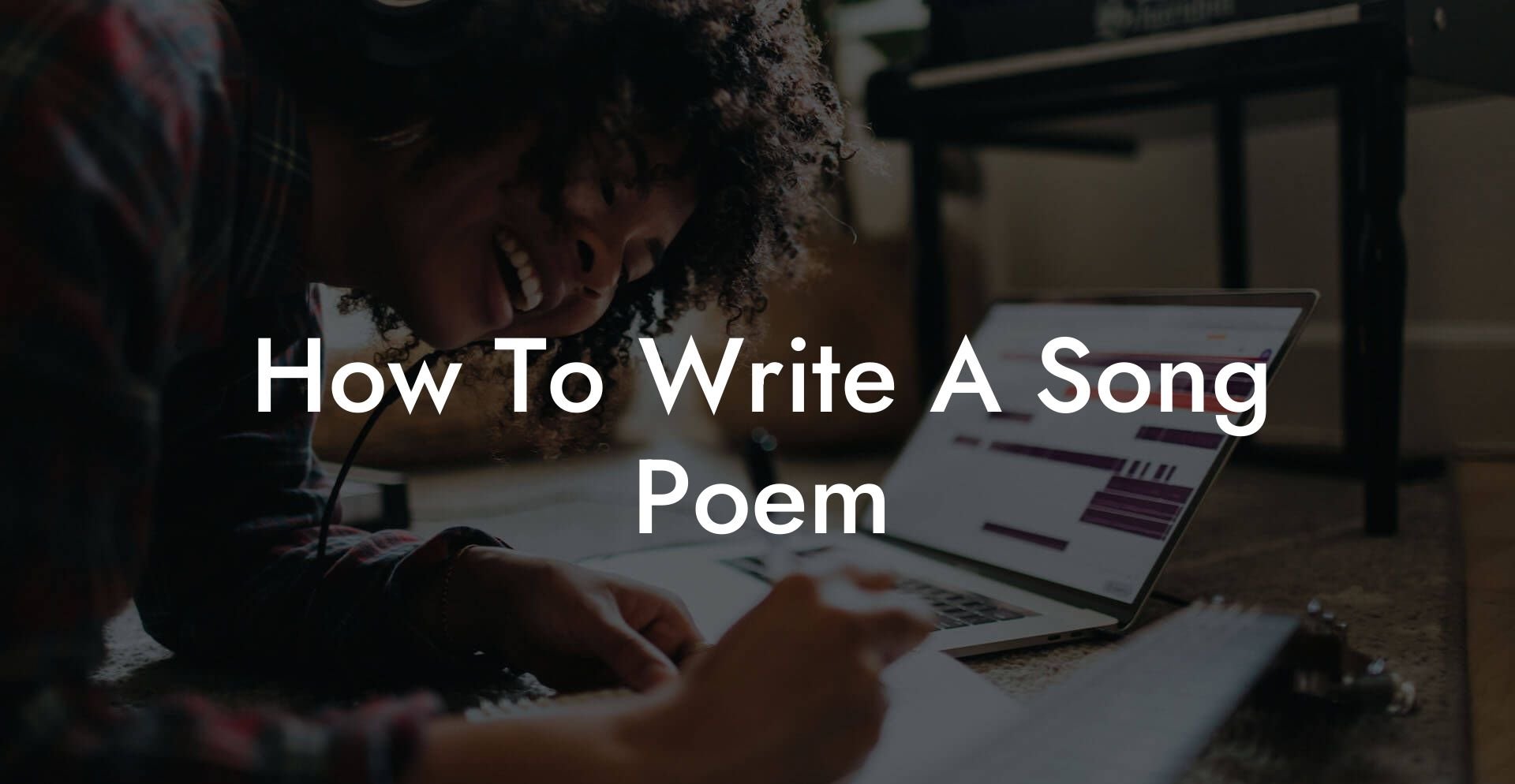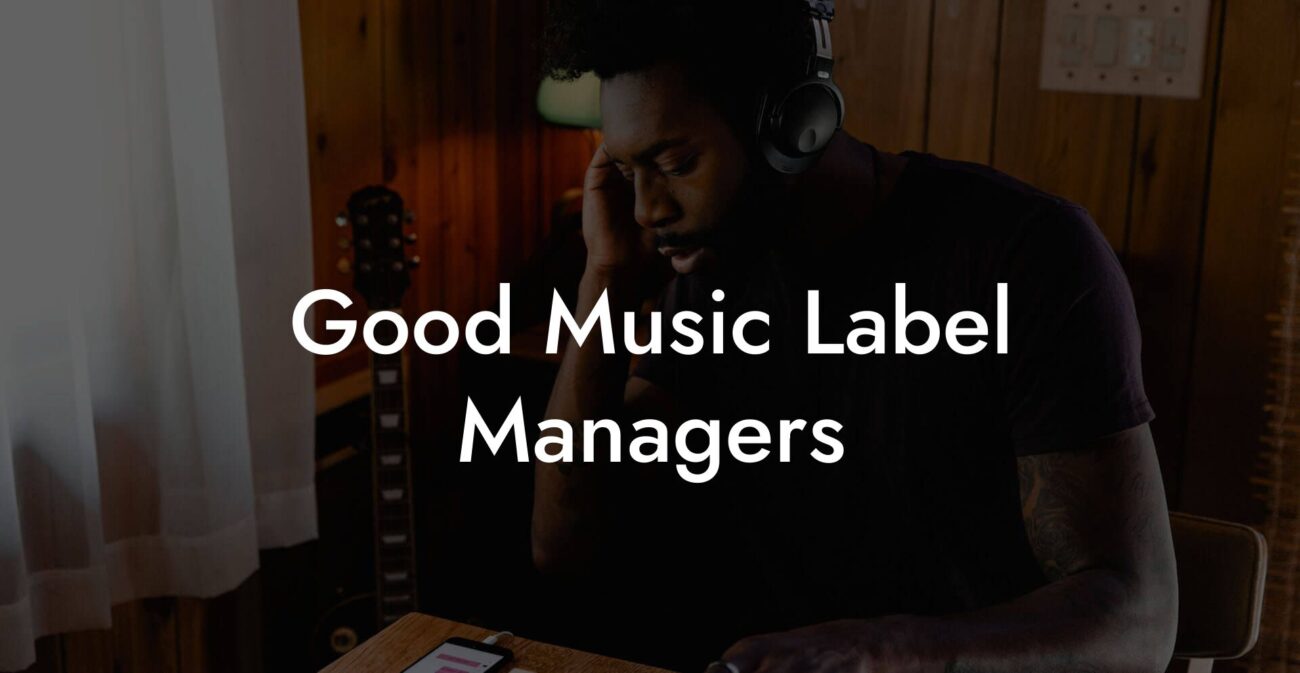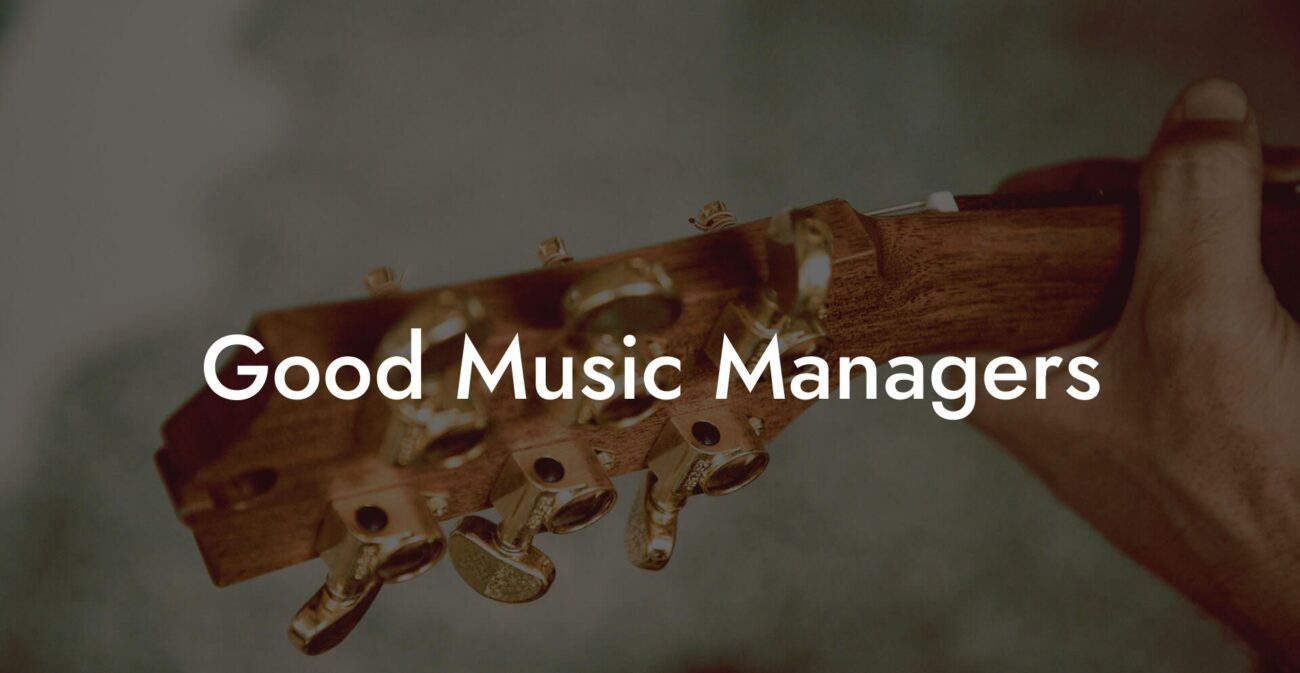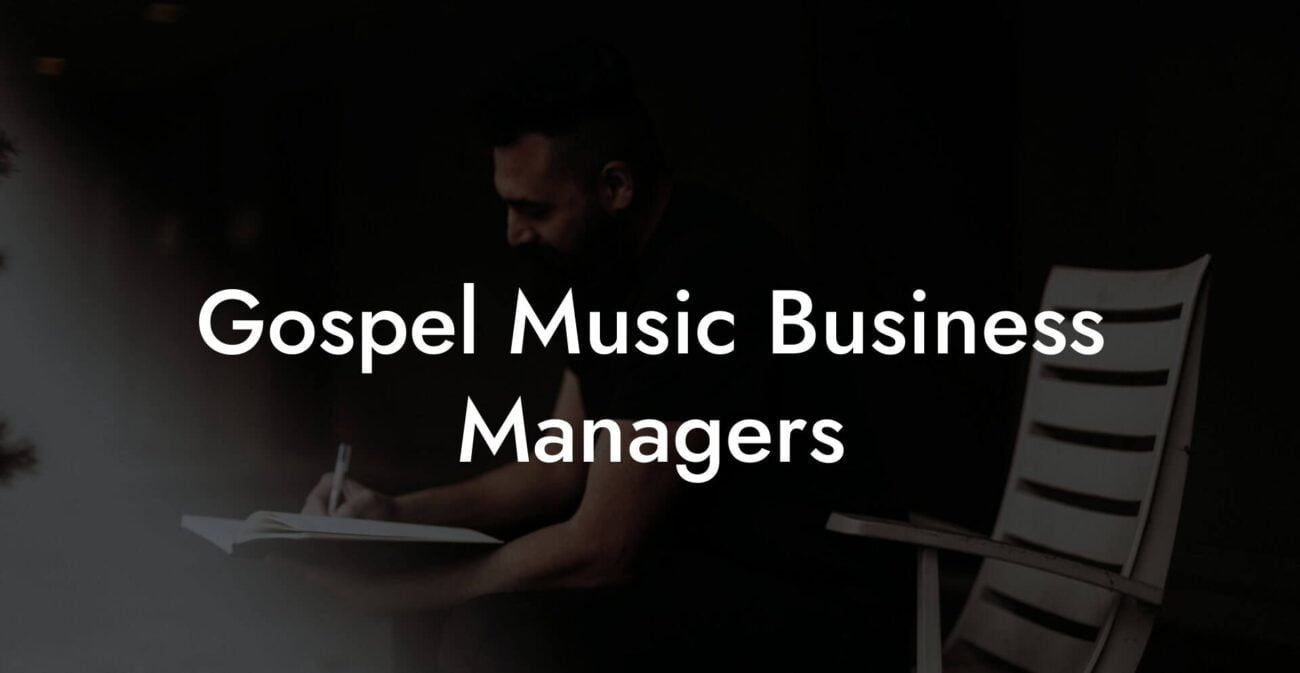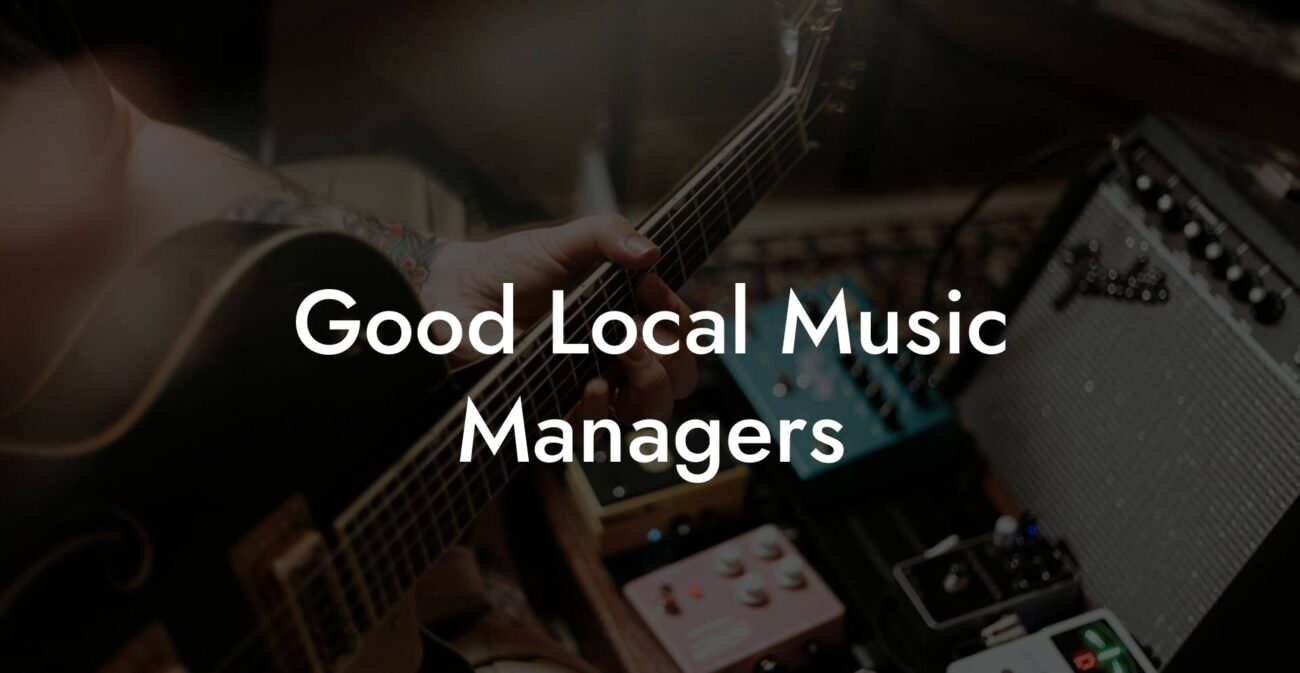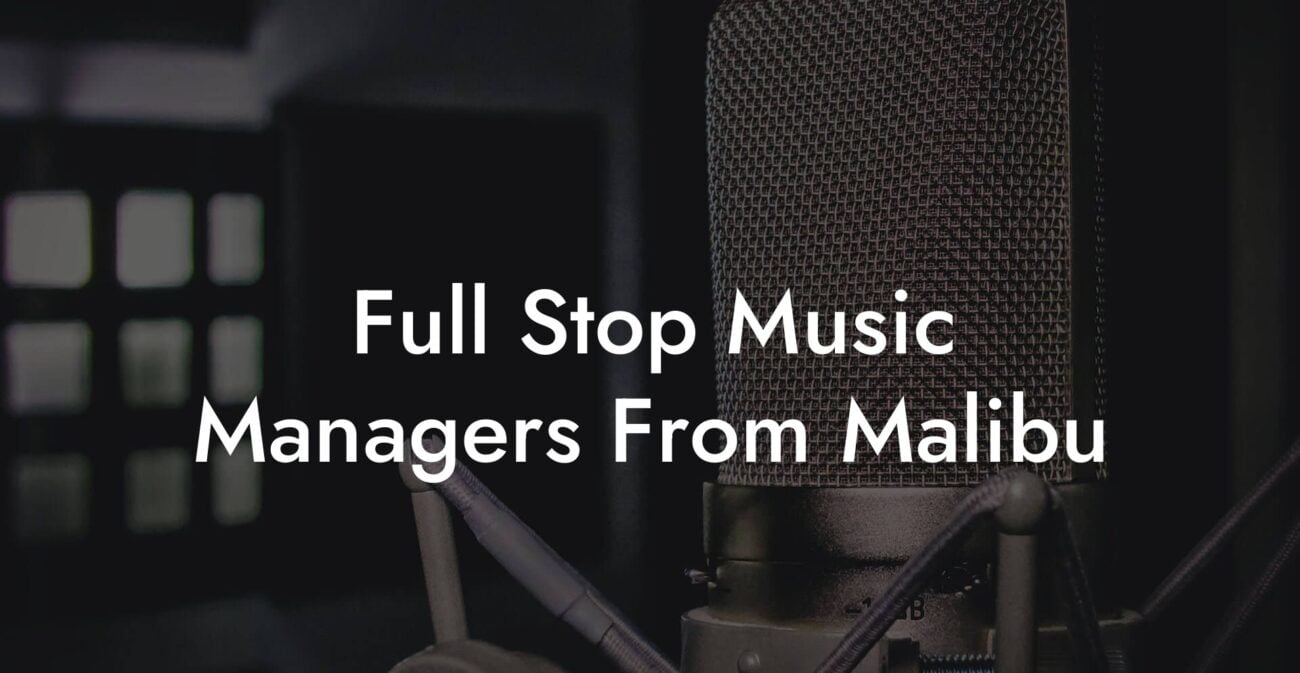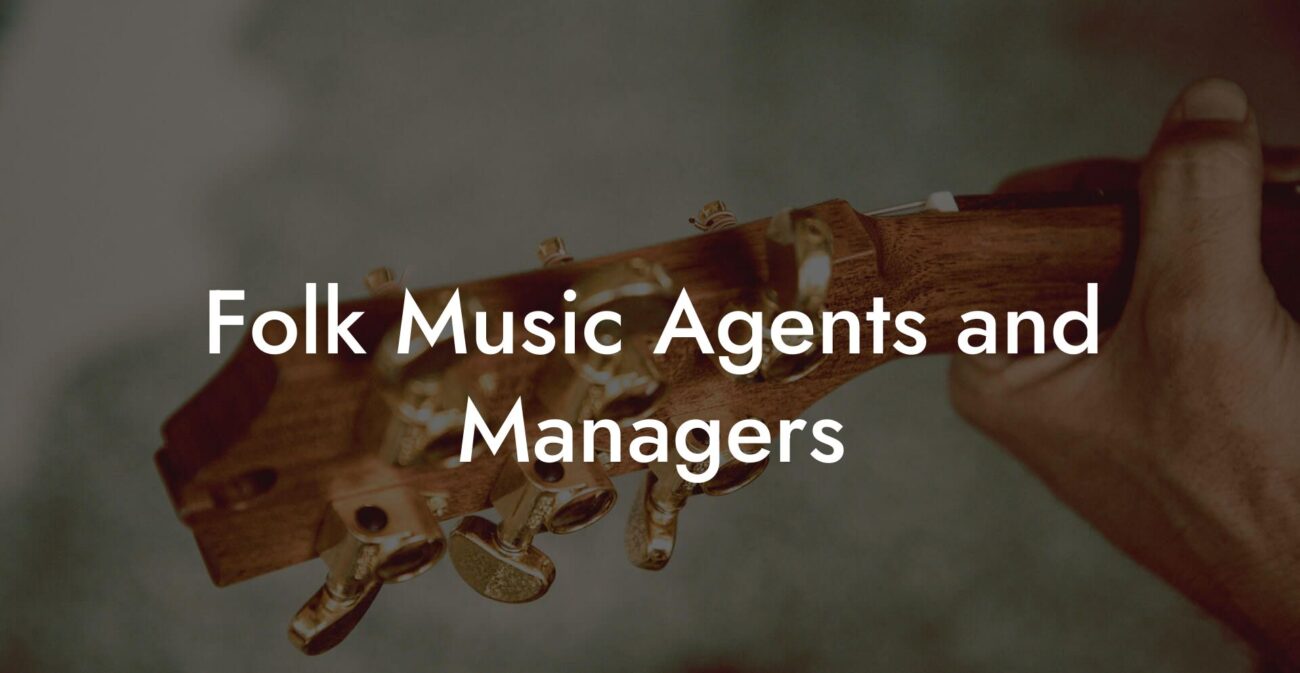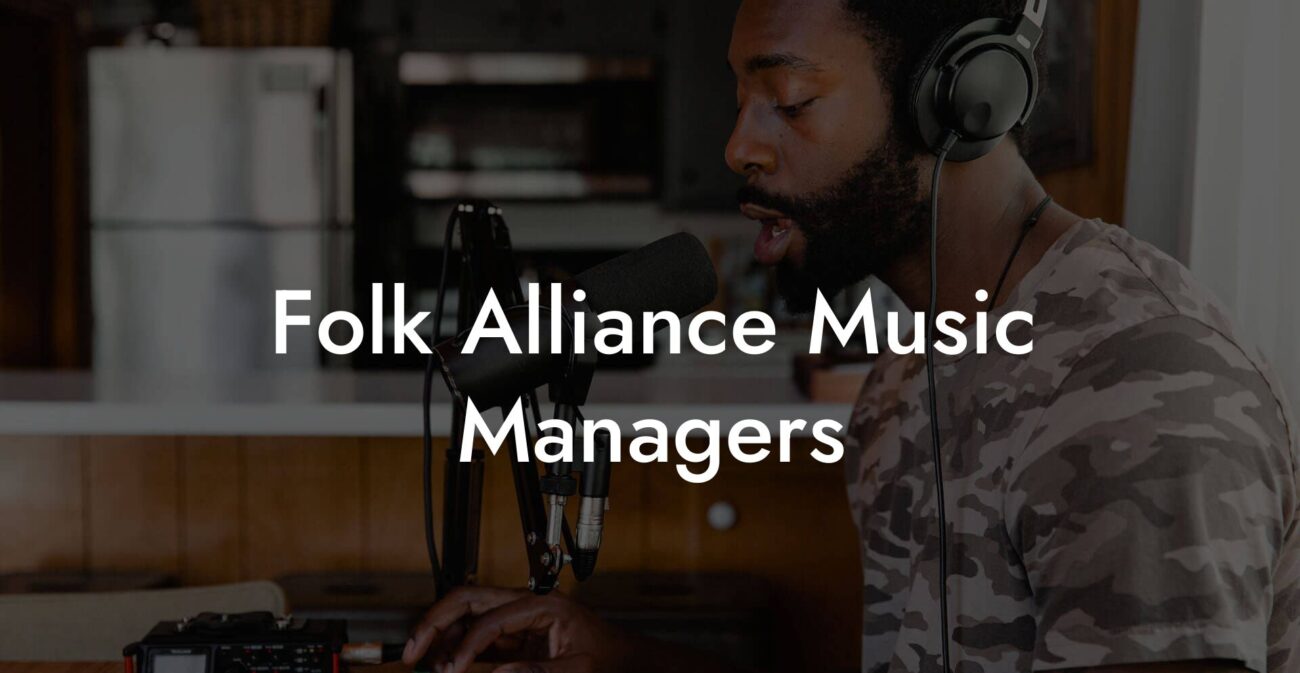Ever found yourself humming a catchy tune in the shower only to be struck by a poetic epiphany that leaves you wondering, “Why can’t my words sound as rad on paper as they do in my head?” Welcome to the ultimate guide on how to write a song poem—a creative journey that fuses the rhythmic allure of songwriting with the evocative expressiveness of poetry. Whether you’re doodling on napkins at midnight or deep into your creative grind, this guide is designed to help you capture your vibe, craft compelling lyrics, and ultimately pen a song poem that stands out in a saturated musical scene.
Looking to write your next song? Transform your creative ideas into songs that people will love, and skyrocket your music career with Lyric Assistant. The perfect songwriting assistant. Find out more →
Quick Links to Useful Sections
- Understanding the Essence of a Song Poem
- Discovering Your Inspiration and Finding Your Unique Voice
- The Structure of a Song Poem: Building Your Blueprint
- Step-by-Step Process to Craft Your Song Poem
- Step 1: Seed Your Ideas
- Step 2: Find Your Central Theme
- Step 3: Outline Your Structure
- Step 4: Begin Drafting
- Step 5: Embrace Revisions and Experimentation
- Step 6: Fine-Tune for Flow
- Blending Emotion with Musicality: The Heartbeat of Your Song Poem
- Editing and Polishing: Turning Rough Drafts into Masterpieces
- Tools and Techniques to Elevate Your Songwriting Craft
- Digital Tools and Apps
- Traditional Techniques
- Overcoming Writer's Block: Keeping the Creative Flow Alive
- Getting Feedback and Refining Your Craft
- Resources and Community Support: Your Next Steps
- Frequently Asked Questions About Writing a Song Poem
- Your Journey to Creative Mastery: Embrace the Process
Understanding the Essence of a Song Poem
A song poem is not just a set of lyrics tossed together; it’s a crafted piece of art that marries the emotions and soul of a poem with the dynamic, repetitive hooks of a song. Think of it as the hybrid offspring of classic poetry and modern songwriting—a space where your inner monologue can rhyme with your heartbeat.
At its core, a song poem is about authenticity and emotional resonance. It’s where you allow your creative soul to speak freely, layering imagery, metaphors, and raw emotion over carefully chosen rhythms and beats. Whether your style is minimalist and introspective or bold and explosive, a song poem lets you experiment with structure while staying true to your unique story.
Throughout this guide, we’ll break down the key ingredients that make up a magnetic song poem—covering everything from brainstorming and structure to refining your lyrical flow and polishing every verse. Get ready to dive into the creative process and discover how to transform fleeting ideas into lyrics that resonate long after the final chord fades out.
Discovering Your Inspiration and Finding Your Unique Voice
Inspiration is the secret sauce behind every memorable song poem. For many millennial and Gen Z creators, this muse can come from anywhere—a thought, an emotion, a fleeting moment of clarity, or even a meme that unexpectedly sparks creativity. The trick isn’t to force inspiration but to create an environment where it can thrive.
Write Lyrics Like a Professional Songwriter
The ultimate songwriting tool that takes your creative vision to the next level! With just a few clicks, you can unleash your inner songwriter and craft a hit that's uniquely yours. Your song. You own it.
Start by keeping a dedicated journal or a digital notepad (hello, smartphone convenience!) where you can quickly jot down ideas, snippets of conversation, or even a random burst of imagery. Over time, these fragments can become the foundation for deeper, more cohesive lyrical concepts.
Embrace the unexpected. Perhaps your inspiration will strike during a late-night stroll or while scrolling through social media. Instead of dismissing these moments as trivial, consider them as potential seeds for your next song poem. Experiment with free writing—set a timer, let your thoughts flow without judgment, and see what emerges on the page. Your genuine voice is your greatest asset, and sometimes, all it takes is a moment of vulnerability to reveal your most authentic self.
Remember, every songwriter’s journey is unique. The goal isn’t to emulate what’s already out there but to cultivate a personal style that feels true. Your life experiences, unique perspectives, and even your struggles can shape a song poem that resonates with others who share similar stories.
The Structure of a Song Poem: Building Your Blueprint
While creativity is free-flowing, a little structure can go a long way in ensuring your song poem hits the right notes—quite literally. Just like any great building, your song poem needs a solid foundation, impressive support beams, and finishing touches that elevate the entire design.
Here are some of the key structural elements that commonly play a role in song poems:
- Verses: The storytelling segments. This is where your narrative unfolds. Verses can vary in length and style, and they are the canvas upon which you paint the details of your experience or message.
- Chorus: The emotional and rhythmic heartbeat of your piece. The chorus is typically repeated and serves as the focal point of your song poem—a catchy, memorable hook that listeners can latch onto and sing along with.
- Bridge: A counterpoint to the verses and chorus. The bridge often offers a shift in perspective or mood, providing contrast and keeping the audience engaged.
Beyond these traditional components, don’t be afraid to experiment. Some artists prefer a free verse approach or incorporate spoken word elements to challenge conventional norms. The beauty of songwriting today is that there are no hard and fast rules—what matters most is that your structure serves to enhance your intended message.
As you draft your song poem, consider your flow and rhythm. Rhyme schemes and meter can add musicality even before any notes accompany your words. But remember, sometimes a break in the pattern can be just as impactful, drawing attention to a particularly powerful line.
Step-by-Step Process to Craft Your Song Poem
Ready to create? Here’s a step-by-step process to help you transform your raw ideas into a polished song poem:
Step 1: Seed Your Ideas
Start with brainstorming. Write down everything that comes to mind—snippets of conversation, feelings from a sunset, quirky observations from daily life. Don’t worry about structure or coherence at this point. This stage is all about liberating your thoughts and letting the creative juices flow.
Step 2: Find Your Central Theme
Once you have a collection of ideas, look for patterns or recurring themes. Perhaps there’s an underlying message or emotion that binds your thoughts together. This will be your guiding light, the core emotion or story that your song poem revolves around.
Step 3: Outline Your Structure
Decide on the structure that complements your theme. Will you use a traditional verse-chorus-bridge format, or do you feel a free verse style better captures your creative vision? Sketch a rough layout, noting where key lines or ideas might fall. This outline will serve as your roadmap as you write.
Step 4: Begin Drafting
With your outline in place, start writing. Focus on one section at a time. Allow your language to be bold, expressive, and even a little quirky. Don’t stress about perfection; the draft phase is all about getting the essence of your ideas down on paper.
Step 5: Embrace Revisions and Experimentation
Rewriting is where the magic happens. Experiment with different word choices, playing with rhyme, assonance, and rhythm. Read your lines out loud to see how they sound—after all, a song poem is meant to sing. Revise until the words feel just right, ensuring that every line resonates with the emotion you set out to express.
Step 6: Fine-Tune for Flow
Consider the musicality of your poem. There should be a natural cadence to your words that makes them enjoyable to recite or, eventually, to set to music. Adjust pacing, tweak punctuation, and even experiment with line breaks to create a rhythm that enhances the overall feel.
Throughout this process, consider leveraging modern tools like Lyric Assistant. This nifty platform can help you overcome creative blocks and provide inspiration when you need a nudge in the right direction. It’s like having a creative collaborator available 24/7, streamlining your songwriting process while keeping your unique voice at the forefront.
Blending Emotion with Musicality: The Heartbeat of Your Song Poem
What sets a memorable song poem apart is its ability to evoke strong emotions while maintaining a sense of musicality. This delicate balance is achieved by allowing your true emotions to seep into every line while ensuring that the rhythm and flow complement your intended vibe.
Think about your favorite tunes—what makes them stand out isn’t just the beat or the melody, but the way the lyrics make you feel. The same principle applies to a song poem. Strive for authenticity in your writing; the more genuine your expression, the more likely your audience will connect with your work.
Experiment with different literary devices like metaphors, similes, and analogies to enrich your lyrical storytelling. A well-placed metaphor can transform a simple line into an emotional powerhouse. On the flip side, don’t shy away from minimalism if that’s your style—a few carefully chosen words can often leave a deeper impression than an overly complex verse.
The goal is to create a dual experience—a poem that can be recited with the emotional weight of written literature, yet performed with the dynamism of a live musical set. Allow your heart to lead, with the structure serving as the supportive rhythm section that brings harmony to your lyrical symphony.
Editing and Polishing: Turning Rough Drafts into Masterpieces
Every creative masterpiece starts as a rough draft—a jumble of thoughts, emotions, and raw ideas waiting to be refined. Editing is the phase where you transform this unpolished gem into a shining work of art.
Begin by setting your draft aside for a bit. Taking a break allows you to return with fresh eyes, better able to evaluate what resonates and what needs trimming. When you dive back in, listen to how each line sounds in your head—this auditory check can highlight awkward phrasing or inconsistencies in rhythm.
Consider the following tips during your editing phase:
- Tighten Your Language: Remove redundant words and phrases that disrupt the flow. Aim for clarity without sacrificing poetic flair.
- Enhance Imagery: Bolster visual elements in your lyrics to create evocative imagery that transports the listener to another world.
- Maintain Authenticity: While refining, ensure that your unique voice remains intact. The most powerful song poems are those that are unapologetically true to the artist’s experiences.
- Read Aloud: Recite your song poem as if you were performing it live. This practice will help you identify any lines that feel off-beat or out of sync with the desired rhythm.
- Seek Feedback: Sometimes, an external perspective can offer insights that you might have overlooked. Share your work with trusted friends or fellow musicians, and be open to constructive criticism.
Remember, revision is not a sign of weakness—it’s an essential part of the creative process. With each round of edits, your song poem will evolve, gaining depth and clarity until every line sings in perfect harmony.
Tools and Techniques to Elevate Your Songwriting Craft
The modern musician’s toolkit is packed with innovative tools that can make the songwriting process smoother and more inspiring than ever before. From digital platforms to classic writing techniques, here are some resources and methods to keep your creative energy flowing:
Digital Tools and Apps
Embrace the digital age with platforms like Lyric Assistant—an app that can help you generate fresh ideas, refine your language, and even experiment with different lyrical structures. Whether you’re struggling with writer’s block or just need a spark of inspiration, these apps provide the digital companionship you might not have realized you needed.
Other popular tools include music composition software, digital notebooks, and even online rhyme dictionaries. These resources enable you to explore new sonic landscapes, experiment with chord progressions, and ultimately align your lyrics with the perfect musical backing.
Traditional Techniques
While technology can be an amazing ally, don’t underestimate the power of pen and paper. Many of your favorite lyrics might have started as scribbles in a notebook, fueled by candid thoughts and spontaneous inspiration. Keep a portable journal with you—to capture those fleeting moments of brilliance has never been easier.
Additionally, techniques such as brainstorming sessions, free writing, and collaborative workshops can sharply improve your creative output. Gather a group of like-minded creatives, share your work, and let the collective energy ignite new ideas. The exchange of perspectives often leads to breakthroughs that solitary efforts might miss.
Whether you lean toward digital ease or analog authenticity, blend these approaches to build a robust songwriting toolkit. Every tool is a chance to explore different facets of your creativity, ultimately leading to richer, more compelling lyrics.
Overcoming Writer’s Block: Keeping the Creative Flow Alive
Even the most seasoned songwriters face the dreaded writer’s block. Those moments when your thoughts seem to evaporate, leaving behind an unnerving silence. Fear not—writer’s block is not a dead end; it’s an invitation to approach your creativity from a fresh angle.
One effective strategy is to change your environment. Sometimes, a new setting—a quiet café, a bustling park, or simply a rearranged room—can shift your mindset and open up new creative pathways. Another tactic is to set small, achievable goals. Instead of aiming to write an entire verse in one go, focus on penning just a few lines. Each small victory builds momentum that can eventually break the block.
You might also try creative prompts or exercises. Free writing for just five minutes without censoring yourself often produces unexpected gems. If you’re stuck on a particular line or idea, try reworking it in a different style or perspective. Collaborating with a fellow musician or bouncing ideas off a friend can also provide that extra push to break through mental barriers.
Lastly, remind yourself that creativity is cyclical. There will be ebbs and flows, and feeling stuck is a natural part of the process. Embrace these moments as opportunities to experiment without pressure—often, the breakthroughs come right after the quietest pauses.
Getting Feedback and Refining Your Craft
No creative journey is complete without a bit of community love and constructive critique. Sharing your song poem with others not only offers fresh perspectives but can also affirm what’s working and highlight areas for improvement. Think of it as a remix session—each external input can add layers of richness to your original work.
Start by connecting with other budding songwriters or poets in online forums, social media groups, or local creative meetups. Don’t shy away from vulnerability; risking a bit of exposure can pay off incredibly when you see your work evolve through collaboration. Sometimes, simply hearing someone else’s interpretation can open new doors of meaning in your lyrics.
Additionally, recording yourself reciting your song poem can be immensely helpful. Listening back, you might catch nuances that you didn’t notice while writing. Use this opportunity to experiment with delivery, varying your tone and pace until you feel that every word lands perfectly.
Remember, feedback is a tool—not a judgment. Even the most iconic songwriters continually refine their craft by staying open to new ideas and iterative improvements. Embrace each suggestion as a stepping stone toward a more compelling, authentic work of art.
Resources and Community Support: Your Next Steps
Now that you have the blueprint to create your own song poem, it’s time to dive into the world of resources and community support. We live in an era where the songwriter’s journey doesn’t have to be a solitary one. From online communities and creative apps to local workshops and webinars, opportunities abound to elevate your songwriting game.
Leverage platforms like Lyric Assistant to streamline your lyrical process and gain insights from a global community of musicians and poets. Join online forums where fellow creatives share their work, give feedback, and inspire each other in ways that transcend geographical boundaries.
Next, check out interactive tutorials and workshops hosted by experienced songwriters. Whether it’s through YouTube channels, virtual classrooms, or live sessions, these resources offer practical tips and hands-on exercises that can catalyze new breakthroughs in your creative process.
Don’t forget to tap into social media. Use Instagram, TikTok, and Twitter to not only share snippets of your work but also to connect with mentors and peers who can offer guidance and constructive criticism. The digital age has democratized the creative process—embrace it, learn from diverse perspectives, and most importantly, contribute back to the community.
Finally, invest time in self-paced creative challenges. Participate in songwriting contests or weekly prompts that push you out of your comfort zone. Remember, every creative session is a step toward mastering the art of the song poem.
Frequently Asked Questions About Writing a Song Poem
Here are some common questions that pop up when embarking on the creative journey of writing a song poem:
1. What exactly is a song poem?
A song poem blends the narrative depth and expressive quality of poetry with the structure and emotional hooks of songwriting. It’s a creative form where the written word is designed to be both read and sung.
2. How do I get started if I’m new to songwriting?
Begin by jotting down your thoughts and inspirations without worrying about structure or perfection. Experiment with free writing, then refine your ideas into verses, a chorus, or even a bridge. Tools like Lyric Assistant can help guide your process.
3. Can I write a song poem without using a strict rhyme scheme?
Absolutely. While rhyme can enhance musicality, many contemporary song poems adopt a free verse style. The focus should be on emotional authenticity and a natural flow rather than rigid rhyming patterns.
4. How important is the structure of my song poem?
Structure is important as it provides a roadmap for your ideas. However, there’s plenty of creative freedom. The key elements often include verses, a chorus, and sometimes a bridge, but feel free to experiment until you find a balance that feels right for your story.
5. What techniques can help overcome writer’s block?
Try changing your environment, setting small writing goals, or using creative prompts. Additionally, free writing and collaborating with fellow creatives can help get your ideas flowing again.
6. How do I ensure my song poem flows well from line to line?
Read your work aloud to gauge the rhythm and pacing. Adjust punctuation, experiment with line breaks, and solicit feedback to fine-tune the natural cadence of your lyrics.
7. Can digital tools really enhance my songwriting process?
Yes, digital tools like Lyric Assistant can offer creative prompts, structure suggestions, and even help overcome writer’s block by streamlining the editing process. These resources serve as creative partners rather than replacements for your original voice.
8. Is it okay to mix genres in my song poem?
Absolutely! Blending genres can lead to innovative expressions that speak uniquely to your audience. Experiment with different styles until you discover the fusion that resonates most with your creative vision.
9. How do I know if my song poem is ready to be shared?
If your work feels emotionally authentic, has a natural flow when recited, and has been refined through multiple drafts and external feedback, it’s likely ready for an audience.
10. Where can I find more support and inspiration for songwriting?
Online communities, social media groups, creative workshops, and platforms like Lyric Assistant are fantastic resources to keep your inspiration high and your skills sharp.
Your Journey to Creative Mastery: Embrace the Process
Writing a song poem isn’t just about assembling words or hitting a perfect rhyme—it’s a reflection of your creative evolution. Every raw draft, each experimental line, and even the moments of distraction contribute to a piece that is uniquely yours. In a world where musicians and poets are in a constant race to find authenticity amid digital noise, your commitment to blending honest emotion with musicality is what sets you apart.
Think of your song poem as a living piece of art that evolves with every new perspective, every revision, and every feedback session. Embrace the process with a sense of humor and curiosity. Even if some days feel more like a chaotic scribble than a masterpiece, trust that each step is a learning experience leading you to creative mastery.
Whether you’re utilizing tools like Lyric Assistant to streamline your workflow or relying on the analog charm of pen and paper, remember that the journey is just as important as the final product. In every lyric, every cadence, and every carefully chosen word, there is a spark of your individuality. And that spark is what makes your art resonate in a crowded world.
So go ahead—dare to express, experiment, and remix your inner narrative until it sings. Your song poem is your personal manifesto—a declaration that every feeling, every thought, and every musical riff matters. Let your creativity flow, share your work, and watch it evolve into something that not only entertains but also inspires others.
This is your invitation to transform the way you write, to break free from the mundane, and craft lyrics that are as real and raw as the world around you. Embrace the journey, trust your inner muse, and step boldly into the realm of creative mastery. Your masterpiece awaits—now it’s time to let your voice shine.
Write Lyrics Like a Professional Songwriter
The ultimate songwriting tool that takes your creative vision to the next level! With just a few clicks, you can unleash your inner songwriter and craft a hit that's uniquely yours. Your song. You own it.

